Nowadays, the information‐rich world is becoming more and more portable. With the huge demands for the timely and efficient delivery of global information, information collection and transmission require a portable information‐exchange platform for real‐time response. Portable electronic devices (PEDs) including mobile phones, portable computers, tablets, and wearable electronic devices are the most promising candidates and have promoted the rapid growth of information processing and sharing. With the development and innovation of electronic technology, PEDs have been rapidly growing over the past decades. The primary motivation behind this activity is that PEDs are widely used in our daily life from personal devices to high‐technology devices applied in aerospace due to the ability to integrate and interact with a human, which have brought great convenience and epoch‐making changes, even becoming an indispensable part for almost every person. In general, stable operated energy sources are mandatory in these devices to guarantee the desired performances. Besides, it is highly required to develop energy storage sources with high safety due to the portability of PEDs. With the growing demands of long runtime of PEDs, the capability of energy storage systems should be upgraded. Accordingly, exploring efficient, long‐life, safe, and large‐capacity energy storage devices is strongly requested to meet the current challenges of PEDs. Electrochemical energy storage systems, especially rechargeable batteries, have been widely employed as the energy sources of PEDs for decades and promoted the thriving growth of PEDs. To satisfy the continually high requirements of PEDs, significant improvements in electrochemical performances of rechargeable batteries have been attained. The rechargeable batteries of PEDs have gone through the lead‐acid, nickel‐cadmium (Ni‐Cd), nickel‐metal hydride (Ni‐MH), lithium‐ion (Li‐ion) batteries, and so on. Their specific energy and specific power are substantially improved as time goes on. Characteristics Lead-acid Battery Ni-CD Battery Battery Ni-MH Battery Li-ion Battery Gravimetric Energy Density (Wh/Kg) ...
Read More…


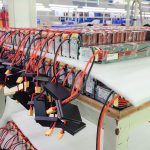
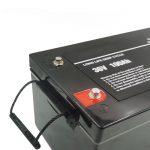
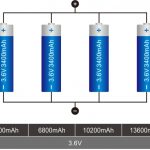






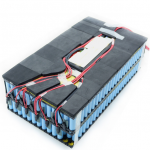
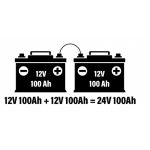

![]() 100% secure payment
100% secure payment![]()
